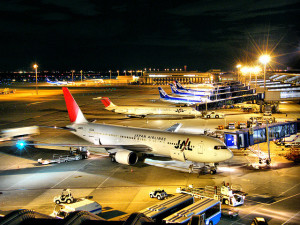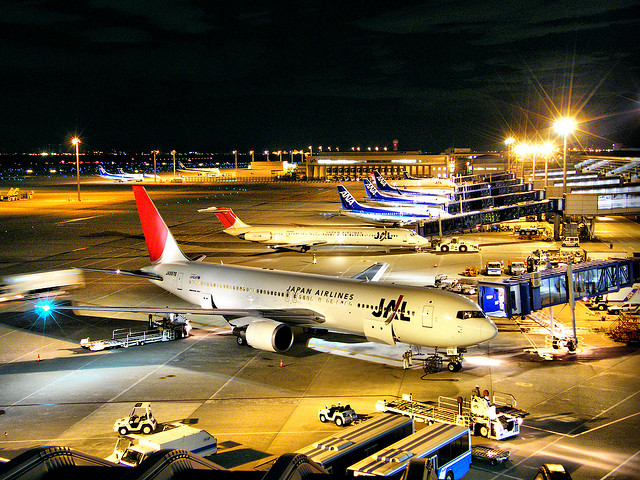 Airport construction and investment continue unabated, with Asia-Pacific taking much of the action, a reflection of the renewed confidence in the industry globally, according to a new mid-2015 update by the CAPA Centre for Aviation.
Airport construction and investment continue unabated, with Asia-Pacific taking much of the action, a reflection of the renewed confidence in the industry globally, according to a new mid-2015 update by the CAPA Centre for Aviation.
In the report, CAPA said it recorded 2,520 airport construction projects worldwide as of mid-July, slightly higher than the one reported in January this year of “just over 2,300,” amounting to investments totaling US$440.6 billion in June. This compares with an overall figure of $390.2 billion in January.
Some 340 new airport projects were recorded, only 10 of them in North America, while China intends to increase the number of its airports by 58, to 260 by 2020, up from 202 in 2014.
Of the ongoing constructions, Europe leads in the number of projects, but Asia-Pacific, which comes in second place, recorded a higher investment value.
The CAPA update observed two notable developments that will push both the regional and global investment totals up considerably in July.
The first is the announcement that China may invest up to $78 billion to build a string of regional airports, raising the total number of airports there from the 202 reported at the end of 2014 to 260 by 2020.
The second factor that will influence the July 2015 airport investment pipeline chart is the announcement that Hong Kong International Airport has begun preparations for the third runway at the airport, a project valued at US$19.3 billion.
In total these two announcements add $110 billion of anticipated expenditure on airport infrastructure in Asia-Pacific.
The other region that CAPA expects will affect the July chart to a large degree is the Middle East. Some $50 billion will be spent in Iraq over an unspecified period on airport infrastructure including several new airports, new or refurbished terminals at existing ones, and on air traffic control buildings and equipment.
But CAPA “takes a cautious line where forthcoming airport construction activity is suggested in countries where there are wars and/or large scale insurgent activity or where the projected investment is large and how it will be financed is unclear.”
Moreover, Dubai International Airport is still on expansion mode, though drawing to an end for the time being, while Dubai World Central Airport has started expansion works.
Apart from China and the Middle East, there are many big projects at existing airports around the world, led by those in Asia-Pacific.
Asia-Pacific projects with over $1 billion in investment include those at the following airports: Bangkok Suvarnabhumi ($2.5 billion), Brisbane ($3.6 billion), Delhi ($1.8 billion), Dhaka ($1.6 billion), Fukuoka ($1.8 billion), Jakarta ($1.7 billion), Manila ($2 billion), Melbourne Essendon ($1.8 billion), Melbourne Tullamarine ($7.8 billion), Mumbai ($2.9 billion), and Singapore ($2.2 billion).
Meanwhile, the number of new airport projects has reached 340, up from 315 identified in the January report. Total investment in new airports amounts to $157 billion, so when added to the investment in existing airports, the total is $597.6 billion.
The Asia-Pacific region easily leads the way in construction and investment terms, vastly outstripping other regions in both categories, said CAPA. China features highly, accounting for 54 of the 178 new airport projects in Asia-Pacific. The new Beijing and Chengdu airports are among these, totaling $24.6 billion in anticipated expenditure.
New airport construction is also a feature in India—39 airports presently including the much delayed Navi Mumbai project and the recently announced Delhi Greater Noida/Jewar airport.
Indonesia is also active. CAPA said there are 30 new airport projects in the country, including the new airport for Jakarta—Karawang—which will serve as an alternative to Soekarno-Hatta airport.
Photo: Emran Kassim





